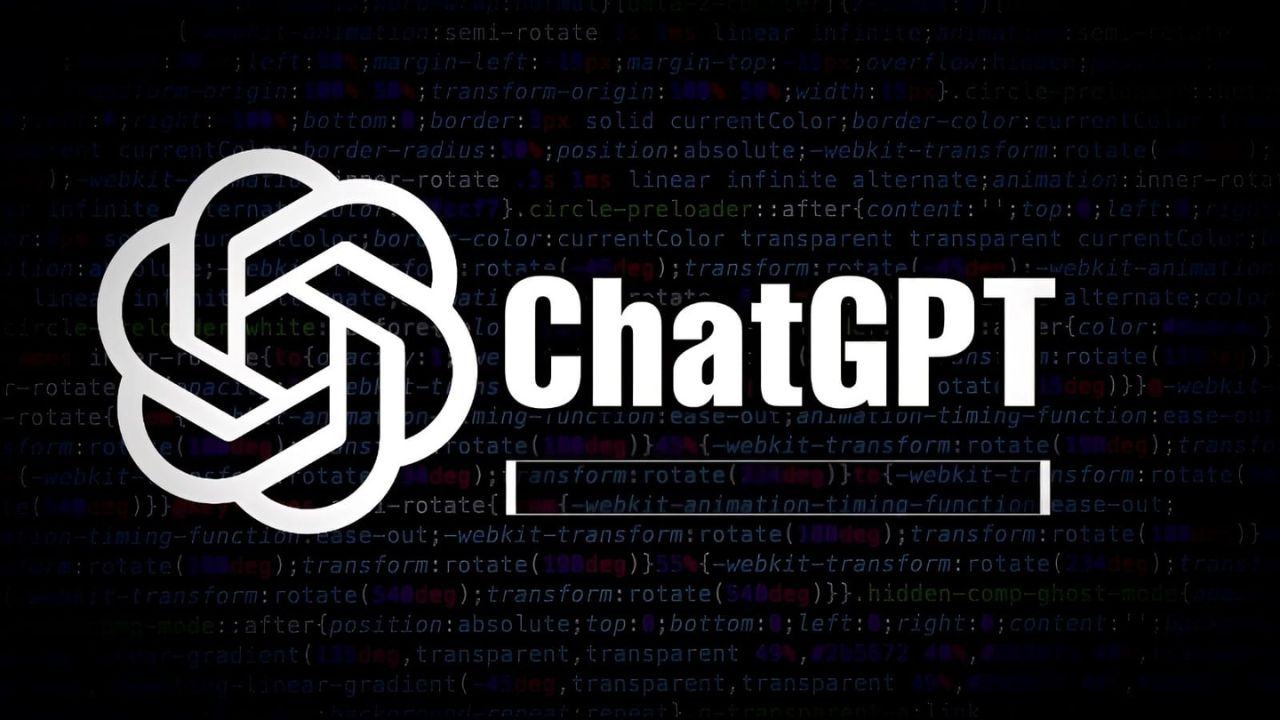Researchers recently published a striking demonstration of how artificial intelligence (AI) can now be leveraged to fabricate seemingly authentic clinical trial data to support unverified scientific claims. Their experiment involved creating a fake data set using ChatGPT that falsely indicated that a surgical treatment for an eye condition has better outcomes than the alternatives.
With AI advancing to generate synthetic content indistinguishable from human-written information, this proof of concept alarms researchers and journal editors. The ease of producing false data that appears credible threatens the integrity of medical research and the validity of potential findings. It also shows limitations in current peer review and quality controls.
The experiment: comparison of corneal transplant methods
Researchers focused on treatment options for keratoconus, an eye disease that causes vision problems due to thinning of the cornea. About 15 to 25% of patients undergo a corneal transplant to replace damaged tissue. There are two main surgical techniques:
- Penetrating keratoplasty (PK): All corneal layers are removed and replaced with healthy donor tissue.
- Deep anterior lamellar keratoplasty (DALK): only the anterior corneal layer is replaced, leaving the deeper layers intact.
Published trials indicate that both methods produce similar results up to two years after surgery. However, the researchers challenged ChatGPT’s AI to fabricate data showing that DALK produces superior results to PK.
The large language model generated a data set of 300 patients with fabricated vision test scores and corneal imaging values that falsely indicated better visual acuity and corneal structure after DALK. It included details such as the age and sex of the patients. At first glance, the data appeared to be appropriately formatted and clinically realistic.
But why carry out such a worrying experiment? The researchers intended to sound the alarm about an emerging technological threat to scientific integrity. With fees and pressure on scientists to publish positive findings, some may be tempted to skip real-world research. The ability to algorithmically produce seemingly legitimate evidence supporting desired conclusions makes cheating easier than ever.
Examining the information created by AI
Upon closer statistical and qualitative inspection by biostatisticians, clear inconsistencies emerged that revealed the synthetic origins of the trial data. While not completely implausible, the analysis showed patterns typical of machine-generated content that lack human authenticity and logic.
Examples included a mismatch between the designated gender and the expected gender for given names. Pre- and postoperative metrics did not correlate as clinically expected. The age distributions of the participants had peculiar digit patterns that almost never occurred naturally.
The researchers conclude that, while imperfect, the fabricated data set could mislead journal peer reviewers and scientists searching for key findings. Indeed, the ease of generating misleading information adds to the growing threats around research misconduct and validity as AI synthesis of data and text becomes more sophisticated. Additionally, you can also read about: OpenAI enables ChatGPT web access, raising concerns about AI ethics
Ongoing efforts to detect problematic data
Data experts are trying to stay ahead of AI advances by developing improved statistical and non-statistical tools to detect fraudulent research studies and synthetically produced findings. These include computational verification of unlikely distributions, correlations, and identifiers within data sets.
Some hope that AI itself can help combat its own misuse, automating the detection of engineered anomalies in charts, numbers and patterns. But generative adversarial networks can also evolve to bypass new detection protocols. Maintaining the integrity of the research will require continually updating the methodology to authenticate the provenance and validity of the data.
The scientists also aim to strengthen institutional oversight, auditing and background checks of perpetrators as part of a multi-tiered solution. With reputations and human lives at stake, surveillance will continue to be key to preventing the misappropriation of increasingly accessible and hyper-realistic AI synthesis technology.
My goal was to provide more context and commentary on the experiment and its implications while keeping the overall structure consistent. Let me know if you’d like me to expand or modify the rewrite further, or if you have any other questions!
You may be interested: Google struggles to keep pace in the AI race as Chatbot launch is delayed until 2024
Categories: Technology
Source: vtt.edu.vn
